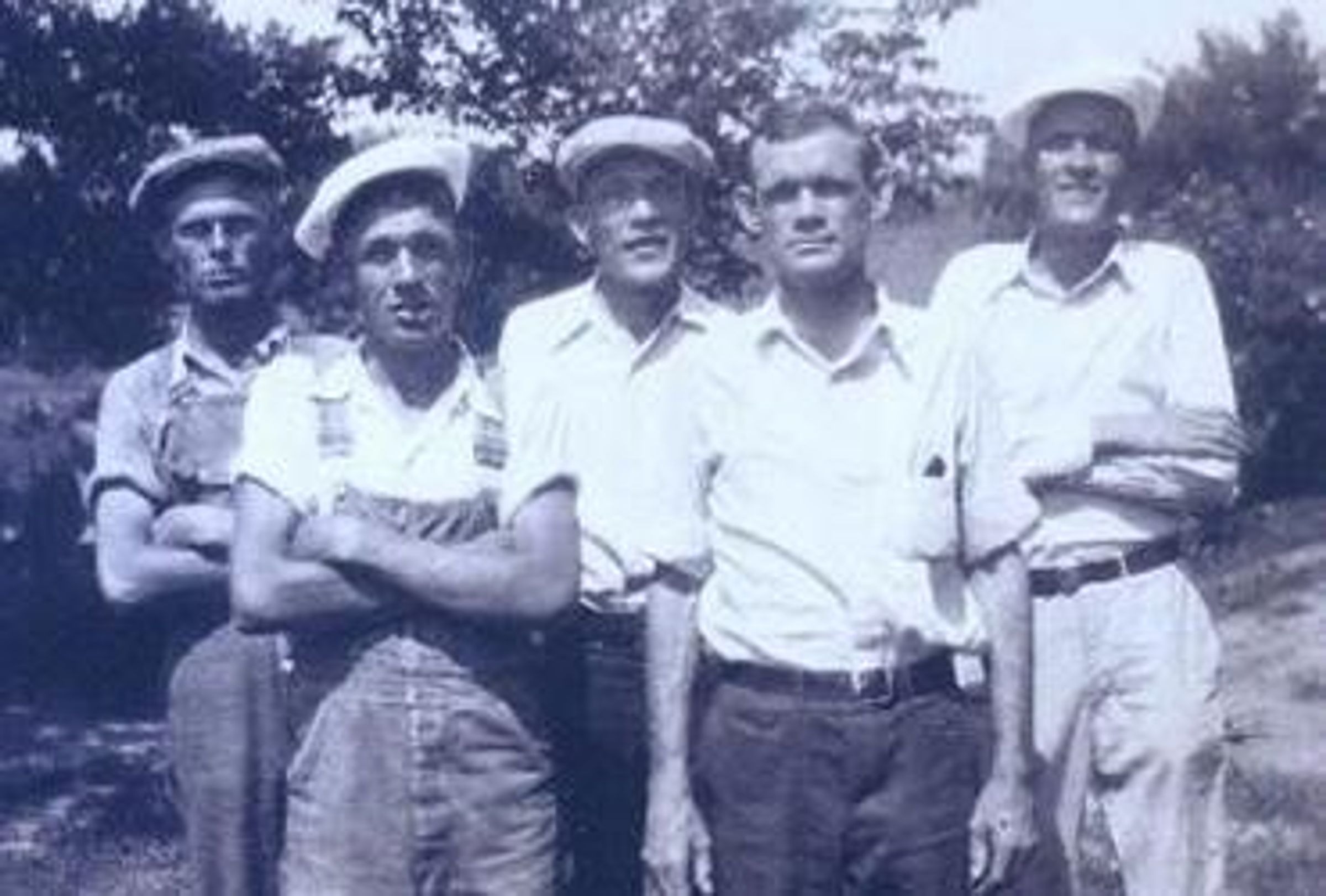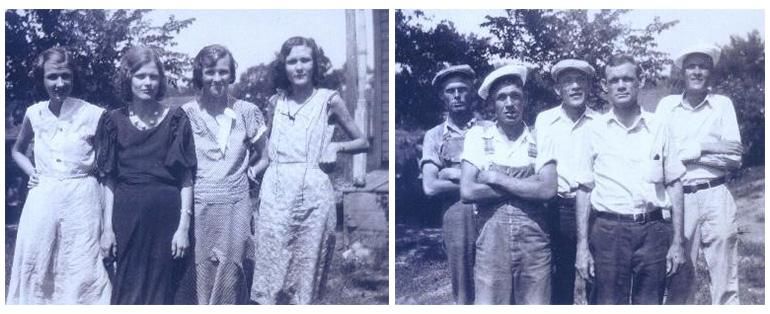A Founder’s Pursuit: Learning From the Past to Influence Outcomes for Future Generations

Using family stories and genealogy, Jack Johnson has been able to trace a rare, genetic disease back more than five generations in his family. Inspired by his passion to learn from the past and connect others with Fabry disease, Jack co-founded Fabry Support & Information Group (FSIG). For 25 years, FSIG has been a conduit of communication for the community. More importantly, together with the community, FSIG has influenced outcomes for future generations.
Jack Johnson was one year old when his grandfather was diagnosed with Fabry disease. He had spent the first 48 years of his life living with the condition and a local doctor in their town who was frustrated by the mystery spent his summer vacation researching the symptoms. Jack’s mother quickly connected the genetic aspects of the disease when she noticed the same signs and symptoms of Fabry disease when Jack was around four years old.

Jack's maternal grandfather and his eight siblings in 1938. Images provided by Jack Johnson
Jack recalls terrible stomachaches from a very young age and he started experiencing severe pain crisis starting around seven and continuing through high school. Jack was diagnosed with Fabry disease in 1970 – he was seven years old. The diagnosis was especially difficult given his family’s work in livestock, ranching, dairying and farming, which moved them to five different states during the same period.
“Growing up in agriculture, I fed the baby calves, cleaned out the barn, put up hay, and took care of the hogs. However, the humidity and heat when we moved back to Missouri made it very difficult for me,” states Jack. “There’s a saying – sweat like a pig – well, that’s not true because pigs don’t sweat. I also don’t sweat, so when it was hot outside, my job was to spray down the hogs and I would spray the water straight up in the air so it fell on them and me to cool myself off.”
Fabry disease is a rare disease caused when the body doesn’t produce enough of a certain enzyme to break down a lipid in the body. The lipid builds up throughout the body, including in blood vessels in the kidneys, skin, heart and nervous system. People living with Fabry disease may experience pain, especially in the hands and feet; persistent fatigue; clusters of small, dark red skin spots; a decreased ability to sweat; whorls on the cornea of the eye; and hearing loss. Over time, Fabry disease can also cause damage to organs, including life-threatening conditions like kidney failure, heart disease and stroke.
Jack loved the lifestyle of farming, but he knew he couldn’t realistically do it for the rest of his life. He decided to pursue his passion for art. He earned his degree in graphic design and happily followed it into a career with computer graphics and program development.
“In my 20s, I started seeing a new physician, Dr. Robert Desnick at Mount Sinai. Every couple of years I would fly out and bring my computer so I could work between tests. Dr. Desnick saw me working on my computer and encouraged me to start a support group for people with Fabry disease,” recalls Jack.
It was something he never intended to do, but thought he would try it.
“I put together a website. The social worker at the hospital my mom worked at told us that support groups put out newsletters to get out information, so we did that too,” state Jack. “The National Organization for Rare Disorders (NORD) gave us nine names of people with Fabry disease and we started sharing our Fabry Support & Information Group (FSIG) newsletter.”
Serving as a Conduit for Communicating Community Needs
Now, 25 years later FSIG has connected thousands of patients and caregivers from more than 45 countries around the world. Jack is also a board member for Fabry International Network (FIN) and attended congresses across the world to advocate for patient voices.
“Part of the reason I so quickly took the opportunity to start a patient advocacy group was my vivid memory of the doctor who diagnosed me," states Jack. "He explained that researchers had identified the missing enzyme and were continuing their work. In my mind, coming together as a group might certainly help.”
Researchers, the pharmaceutical industry, healthcare providers and patients continue to be interested in learning more about Fabry. Over the years, the understanding of Fabry has evolved.
“Longitudinal research of the disease over time has identified that women are not just carriers – they experience symptoms too. This understanding changed how everyone thinks about Fabry disease and challenged the generations-old mindset about the disease burden in women,” explains Jack. “More research must also be done to better understand gastrointestinal issues, pain and edema, which are all frustrating for the patient and hard for caregivers to relate to.”

Image courtesy of Jack Jackson
For FSIG, the focus today and into the future is serving as a conduit communicating the community needs to the pharmaceutical industry and healthcare providers.
“Today, there is an incredible plethora of research going on in Fabry disease taking learnings from over the past few decades and applying them to approaches,” explains Jack. “It’s very encouraging to see how far we've come in better understating Fabry disease, but we owe it to future generations to keep pushing for innovation, access, education and understanding.”